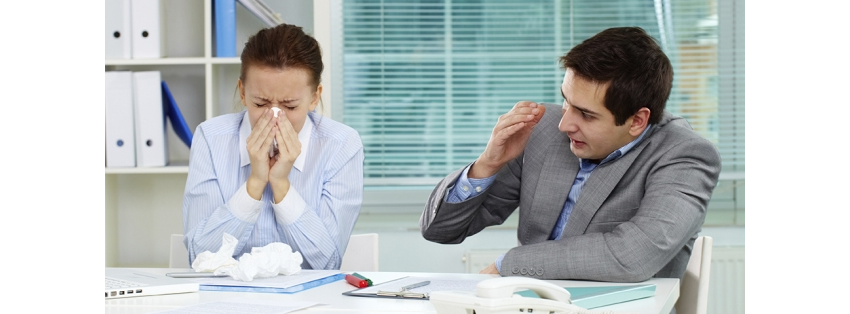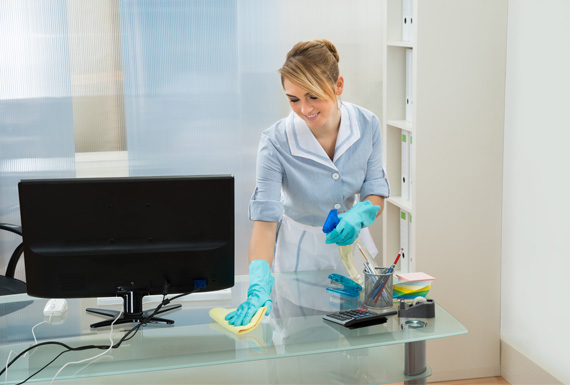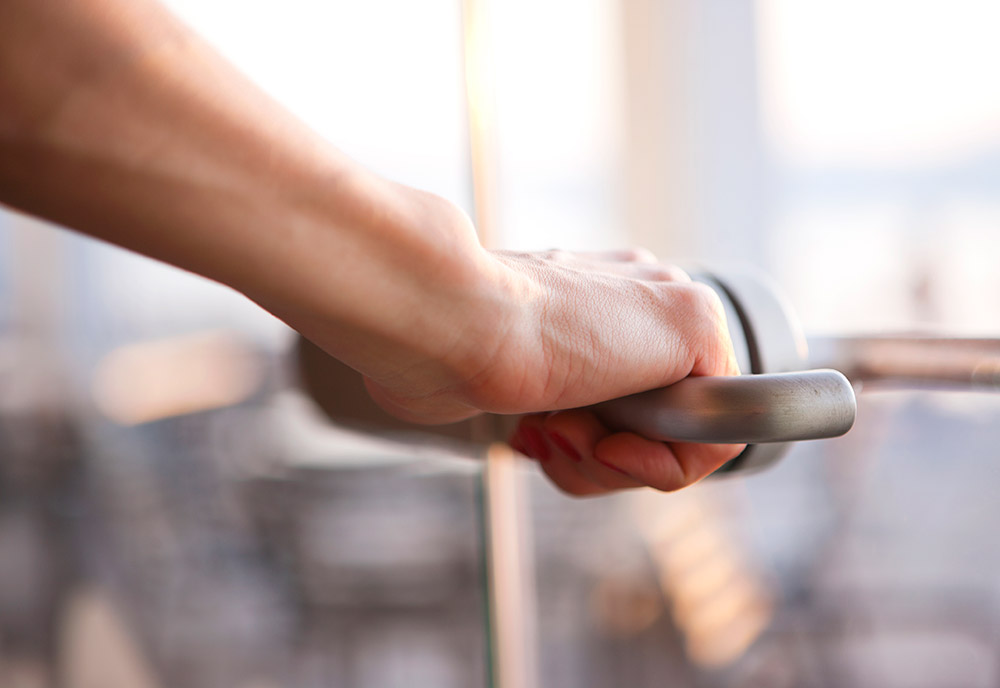
Cold weather and lack of sunlight create the ideal conditions for viruses to thrive in and cause highly contagious respiratory illnesses such the common cold and the flu.
WHAT IS AT STAKE?
Millions of people get infected by cold each year, while more serious illnesses like flu can even lead to death. But it isn’t only the human health that is at risk. The seasonal illnesses also exact a substantial toll on businesses; the common cold is in fact the main culprit of absenteeism at school and work, which results in productivity losses.
HOW ARE SEASONAL ILLNESSES SPREAD?
COUGHS, SNEEZES AND TALK The flu virus can travel through the air. Every time an infected person coughs, sneezes or talks, infectious droplets of saliva are expelled into the nearby air and into contact with other people. Large droplets can only travel a limited range; therefore, people should limit close contact (within at least 1 metre) with others when possible. Covering your mouth when coughing and sneezing is also a good way to limit the spread of the virus.
TOUCHING OF OBJECTS AND SURFACES The flu or a cold is also spread through direct contact. When infected individuals touch objects and frequently touched surfaces, they contaminate the object with viruses. The viruses are then transmitted to another person who touches the same object and then transfers the infected material from the hands to the nose, mouth or eyes.
HOW CAN CLEANING BE THE SOLUTION?

The solution to preventing the spread of such infectious disease is quite simple, although often underestimated – effective cleaning.
Effective cleaning and disinfecting of environmental surfaces including “high-touch” or frequently touched surfaces significantly decreases the number of environmental pathogens including influenza and cold viruses on those surfaces or objects, which in turn reduces the risk of transmission and infection.
Routine cleaning with detergent and water plays a critical role in reducing the spread of flu and colds, as it removes the soil, dirt and impurities that harbor germs and viruses.
Disinfecting frequently touched surfaces with a sodium hypochlorite solution is important in order to kill the remaining environmental pathogens. Frequency may be increased in the event of an outbreak.
Flu and cold viruses are relatively fragile, so standard and routine cleaning and disinfecting practices are perfectly sufficient to remove them. However, make sure that cleaning and disinfecting is performed correctly, that the activities match the types of germs you are trying to eliminate, and most of all that you follow label directions on cleaning products and disinfectants.
WHAT ARE THE HIGH-TOUCH SURFACES?
High-touch or frequently touched surfaces are those surfaces that have frequent contact with hands:

- door handles
- light switches
- arms of reception area chairs
- lift buttons
- stair handrails
- common area telephones
- toilet surfaces (toilet seat, flush button, taps, soap dispensers)
- fridge and microwave handles
- kitchen cabinets and benchtops
- tap handles
- coffee pot handles or dispensers
- water cooler handles
- desks
- photocopiers, printers, phones and communal computers
- toys
Most studies have shown that the flu virus can live only 2 to 8 hours after being deposited on a surface, therefore it is not necessary to close down the facilities and disinfect every surface in the building to slow the spread of flu. By introducing those simple cleaning practices into your daily hygiene, and combining them with routine and frequent hand washing with running water and soap, you are making sure that this season goes as smoothly as possible.
Cleanaux staff is highly trained to properly implement the high cleaning standards in order to help prevent the spread of infection. All the high-touch surfaces are addressed using effective cleaning products and disinfectants that fully sanitise surfaces and objects yet are completely harmless and do not cause any side effects. Contact us for more information and assistance.
